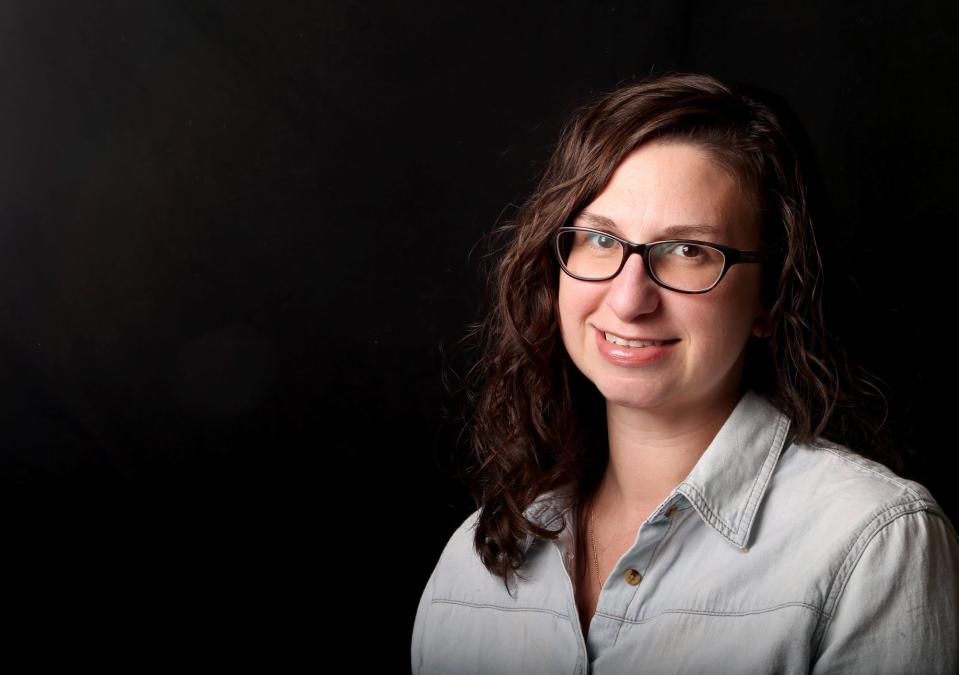This summer, maybe it's time to start 'death cleaning'
In summer, the natural inclination is to take advantage of warm and long days to tackle all of our outdoor projects. Some tasks, like exterior painting, planting, deck building and shed organizing can only be done on dry days. I certainly have no shortage of things like this to do this season. But recently, I read The Gentle Art of Swedish Death Cleaning by Margareta Magnusson, and I’m inspired to stay inside, dive into the depths of each closet, each drawer and purge.
I love the ideology behind death cleaning: you are clearing out the clutter so your loved ones have less to deal with when you’re gone, but also opening up new ways to enjoy and honor your belongings while still alive. And this isn’t just a task for the elderly, it benefits anyone at any age. Magnusson speaks very plainly about the inevitability of death and how empowering it is to take control of the fate of our belongings, rather than waiting for some kind of health incident to force our hand, or simply leaving the burden of it to our loved ones. She easily makes the case that this process will have a positive impact on our present and their future.

“The intention is not that we should remove things that make our lives more pleasant and comfortable. But if you can’t keep track of your things, then you know you have too many,” she writes, adding: “Life will become more pleasant and comfortable if we get rid of some of the abundance.”
Whether you are planning on downsizing in the near future, or staying in your current home, there is no better time to start the death cleaning process than right now, even in the summer.Why not make a list of closets to organize and cupboards to purge and do them on the hot days we know are coming?Here are some of the key ideas and advice Magnusson gives when approaching decluttering our homes in the Swedish death cleaning style.
Don’t start with sentimental items. Magnusson suggests leaving the sorting of photographs, letters and personal papers to the last, so you “...don’t get stuck down memory lane..” Finding new homes or designating pieces of furniture, art or special books for specific loved ones is a much easier place to start. When I’m in the mood to purge, I often begin with my wardrobe, because it feels manageable. Once I have let go of a bag of clothes, I feel ready to move on to the next thing.
Give as you go. As you go through things, think of who may want, need or love them and set them aside. Then as you have visitors, send them home with that person and tell them the story that goes with it. Magnusson writes about the way her mother-in-law did this for years. “Over time she had slowly and unobtrusively given a lot away in a quiet and kind way. At the same time she had added beautiful and useful things to her friends' and loved ones’ homes.”
This is for your health and safety. Magnusson points out that as we get older, we can struggle with our balance. We sometimes get so used to our surroundings that we don’t even notice we’ve got too much stuff, and it can hinder not only our navigation through our home, but our enjoyment of our space and furnishings. If your books cases are so full that piles of books line the hallway or your closet is at capacity and clothes now cover your comfy bedroom reading chair, that’s a sign that it’s time to purge.
Give with no strings attached. You may give an item to a loved one, but they might decide later on that it doesn’t fit their aesthetic, lifestyle or body anymore. Do not be offended and don’t guilt them into keeping it. “If I give a present to someone, I understand that it may not stay with that person forever,” Magnusson writes. “Do any of us really keep track of everything we give away?”
This is not just about things. Death cleaning will bring up happy and not so happy feelings. Use the process as a chance to reflect, then let go. Magnusson uses the following qualifier to help her make decisions about sentimental things like letters, keepsakes and photographs: “Will anyone be happier if I save this?”If she can honestly answer no, it gets discarded.
About those photographs… Magnusson has several recommendations to make it easier: 1. Discard multiple copies or photos you can’t name all of the people in. 2. Keep historically or culturally significant photos. 3. Scan photos, save them to USB’s and give to family members. 4. Invite loved ones over for a meal and go through the pictures together. Send them home with images that are meaningful to them. “By making games and events with family and friends out of the difficult job of death cleaning photographs you have gathered over a long life, it can be less lonely, less overwhelming, and more fun.”
Betsy Kornelis is an interior designer based in Bremerton and writes a regular column for the Kitsap Sun. Find her at paisleyandpine.com.
This article originally appeared on Kitsap Sun: How to gently begin death cleaning around your home

